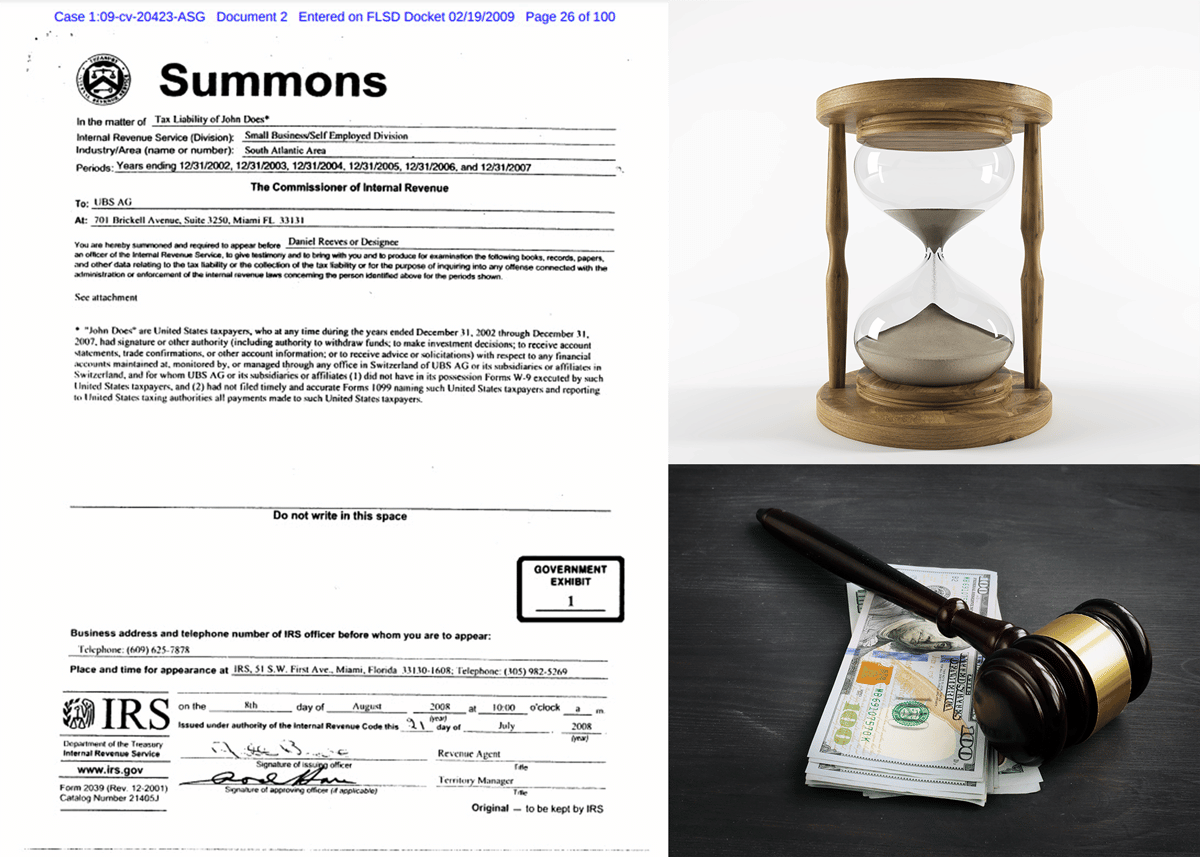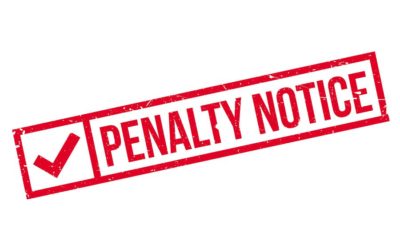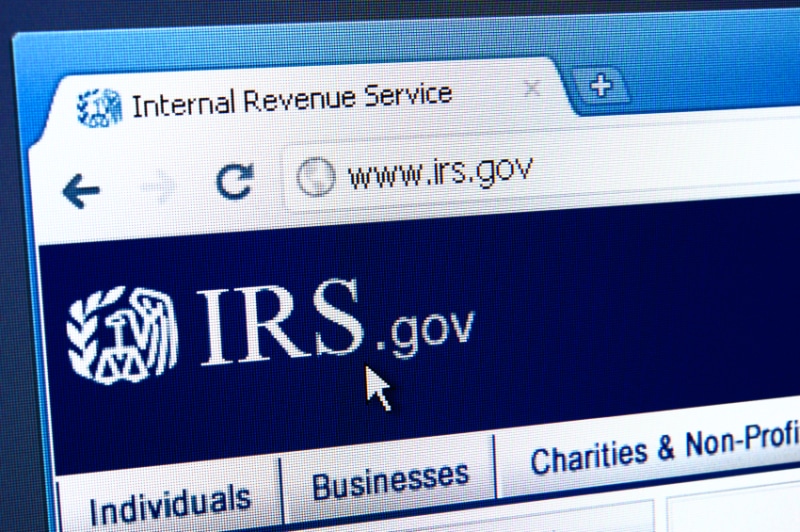IRS Released Field Advice Memorandum on Ording of ATNOL and WHBAA ATNOLs
On October 17, 2014, the IRS released a field memorandum, FAA 20144201F, that discusses the ordering rule to be applied for the application of alternative tax net operating losses (“ATNOLs”) deduction to offset corporate alternative minimum taxable income (“AMTI”) when the taxpayer has made The Worker, Homeownership, and Business Assistance Act of 2009 – Section 13 5-year Net Operating Loss (NOL) Carryback (“WHBAA election”) with respect to either 2008 or 2009 NOLs.
Generally Oldest NOLs are Used to Offset a Max of 90% of AMTI
Generally, NOLs are deducted against current income in order of the year in which the NOL is generated. Thus, a taxpayer’s oldest NOLs are utilized first. This same rule is generally applied to ATNOLs offseting AMTI. However, the use of ATNOLs is generally capped at 90% of AMTI.
WHBAA Election Provided Relief From 90% Cap
The WHBAA provided taxpayers with the ability to make a special 5 year carryback with respect to NOLs for either 2008 or 2009, but not both years. The ATNOL from the year of the election (the “WHBAA election year”) was then eligible to offset 100% of AMTI, even if the WHBAA ATNOL was carried forward to offset future income (i.e., the ability to offset 100% of AMTI was not restricted to the special 5 year carryback period).
If taxpayers had incurred NOLs prior to the WHBAA election year and had made a WHBAA election, then the taxpayer could generally use the non-WHBAA ATNOL to offset the first 90% of AMTI and also utilize a portion of the WHBAA ATNOL to offset the remaining 10% of AMTI that was not offset with non-WHBAA ATNOLs. This does not appear to be controversial, and FAA 20144201F has an example that seems to recognize this scenario. See FAA 20144201F, page 6 (October 17, 2014).
Commentator’s Favorable Interpretation of WHBAA’s Modification to Ordering Rules
Section 56(d) is not exactly a model of clarity. And neither were the WHBAA adjustments to § 56. As a result, several commentators read the modified text of § 56 to establish a new set of ordering rules for non-WHBAA ATNOLs and WHBAA ATNOLs. Under the commentators’ view, taxpayers were to utilize non-WHBAA ATNOLs first before utilizing WHBAA ATNOLs. This ordering effectively allowed taxpayers to max-out their use of the WHBAA ATNOLs. Without this interpretation, ATNOLs would be used in the order of when they were generated (i.e., earliest ATNOLs would be utilized first) regardless of whether they were subject to an WHBAA election.
Example of Ordering Rules
Under the commentators view, if a taxpayer generated $300 of AMTI in 2012 and had $300 of WHBAA ATNOL from 2009 and $300 of non-WHBAA ATNOL from 2010, then the taxpayer would utilize the non-WHBAA ATNOL first and then utilize WHBAA second. As a result, the taxpayer would completely offset AMTI and would have $270 of WHBAA ATNOL and $30 of non-WHBAA NOLs to carry to the next year. Under this view, the taxpayer could continue to use the WHBAA ATNOL in future years to offset AMTI, including the 10% not offset by any other non-WHBAA ATNOL.
However, under the IRS’ view in FAA 20144201F, the taxpayer would utilize the WHBAA ATNOL first since it was generated first. As a result, the taxpayer would have no WHBAA ATNOL remaining and $300 of non-WHBAA ATNOLs to carry to the next year. Future use of the non-WHBAA would be subject to the general 90% cap on use of ATNOLs to offset AMTI.
Numerous Cases to Come. Any Challengers?
FAA 20144201F mentions that the IRS’ Corporate Income and Losses Industry Practice Group has received several inquiries regarding this issue and anticipates that it will arise in numerous cases. The FAA appears to be putting taxpayers on notice of the Service’s position.
As the economy continues to improve, this issue is more likely to come up as taxpayers continue to utilize their NOLs and are forced to take a position with respect to the ordering and utilization of any WHBAA ATNOLs. It will be interesting to see how aggressively the Service challenges this position and to what extent taxpayers choose to litigate over this issue.
If you or your client has made a WHBAA election, you should understand the Service’s position and confirm what position you may have taken with respect to the ordering rules in IRC § 56.



